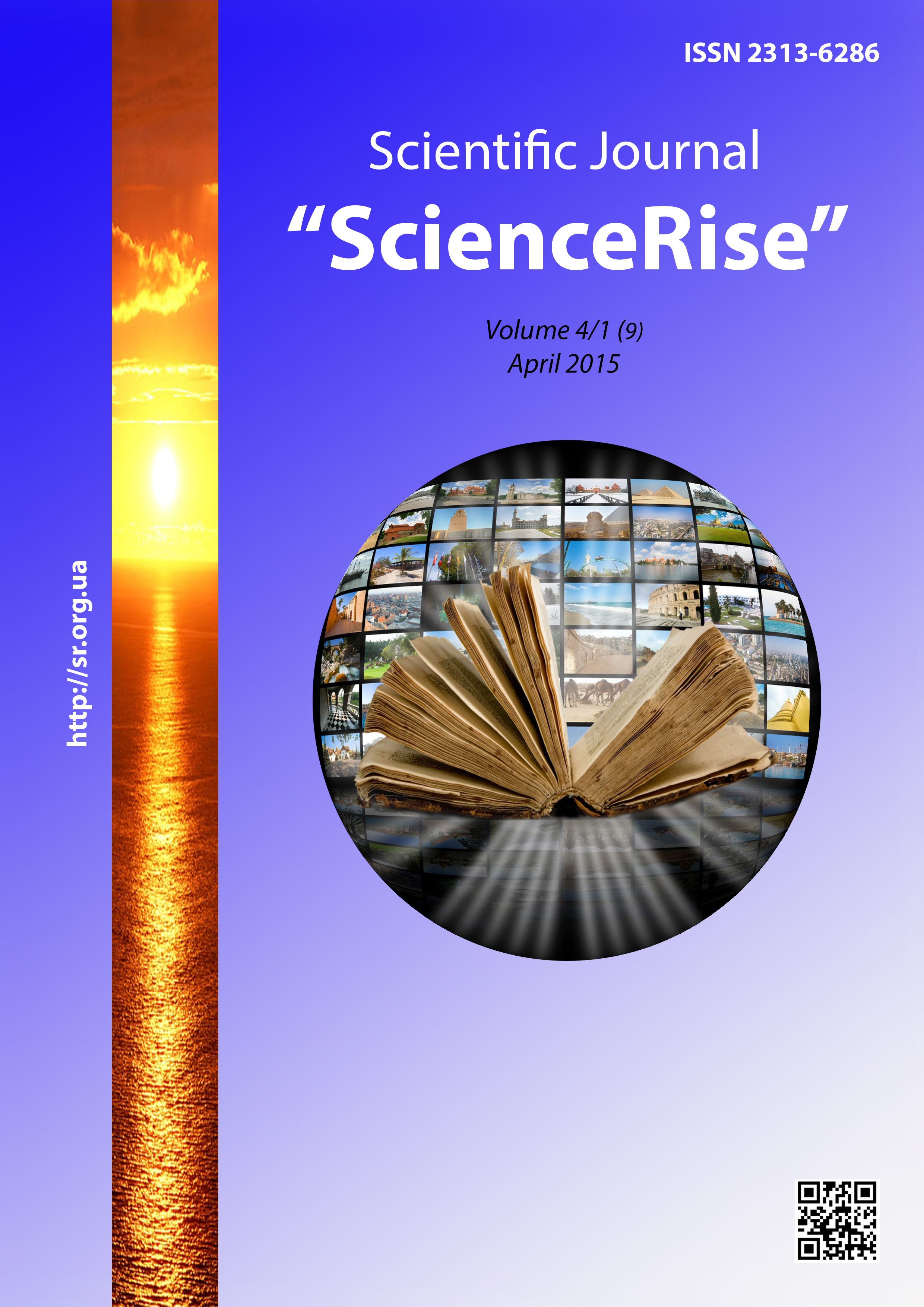Sun activity and repetition of atmospheric circulation of meridional southern type
DOI:
https://doi.org/10.15587/2313-8416.2015.40444Keywords:
sun activity, atmospheric circulation, sea surface temperature, total ozone amountAbstract
Sun activity variations have the strongest statistical connection with interannual changes of repetition in Northern hemisphere of elementary circulation mechanisms associated to Meridional southern group in June, is shown. During 1955–2012 years connection strength between these processes stably increased. This allows to assume, that possibility of its sharp decrease within the next few years is low
References
Chizjevskiy, A. L. (1974). Earth echo of sun storms. Moscow: Science, 323.
Miroshnichenko, L. I. (1984). Sun activity and Earth. Moscow: Science, 276.
Ivanov-Holodnyi, G. S., Cusinov, A. A. (1987). Shortwave radiation of Sun and its action on upper atmosphere and ionosphere. Studying of outer space. Results of science and technics. VINITI: Collection of science proceedings, 26, 80–154.
Kholoptsev, A. V., Nikiforova, M. P. (2014). The role of sun activity and ozonosphere states in global darkening of Earth atmosphere. ScienceRise, 5/1(5), 23–35. doi: 10.15587/2313-8416.2014.29735
Kalmykov, N. N., Kulikov, G. V., Roganova, T. M. Galactic cosmic rays. Available at: http://www.kosmofizika.ru/abmn/kalmikov/cosrays.htm
Fedorov, E. E. (1921). The impact of sun spots on air temperature and pressure. Proceedings of Main physical observatory, 3, 64–72.
Vanheim, G. Ya. (1946). About atmospheric circulation fluctuations over Northern hemisphere. Proceedings of AN SSSR. Ser. Geography and Geophysics, 5, 405–416
Dzerdievskiy, B. L., Kurganskaya, V. M., Vitvickaya, Z. M. (1946). Typification of circulation mechanisms in Northern hemisphere and characteristics of synoptical seasons. Proc. Sc. found. Of Hydro-met. Serv. Under Min.Sov. SSSR. Ser.2 Synoptical meteorology; Vol. 21. Central institution of forecasts. M., L. Hydrometeoizdat, 80.
Girs, A. A. (1974). Macrocirculation method of longterm meteorological forecasts. Lviv: Hydrometeoizdat, 488.
Kononova, N. K. (2014). Atmosphere circulation in European sector of Northern hemisphere in XXI c. and temperature variations in Crimea. Geopolitics and ecogeodynamics of regions, 10 (1), 633–640.
Matveev, L. A. (1991). Theory of atmospheric circulation and Earth climate. Lviv: Hydrometeoizdat, 291.
Sidorenkov, N. S., Svirenko, P. I. (1991). Longstanding changes of atmospheric circulation and climate variations in first natural synoptical district. HydrometeoService Proceedings SSSR, 316, 93–105.
Martazinova, V. F., Sverdlik, T. A. (1998). Largescale atmosphere circulation in XX cen., its changes and modern condition. Science works of Ukrainian science-studying hydrometeorological institute, 246, 21–27.
Kamenkovich, V. M., Monin, A. S. (Eds.) (1978). Oceanology. Vol. 1. Hydrophysics of ocean. Moscow: Science, 456.
Database of changes of SST anomalies of World ocean different areas. Available at: http://wxweb.meteostar.com/SST/index.shtml?point=730
Database of changes during 1899–2011 yrs. Of elementary circulation mechanisms repetitions in Northern hemisphere. Available at: http://atmospheric-circulation.ru/
Database of Wolf numbers. Available at: http://www.gao.spb.ru/database/esai.html
Database of ozonosphere conditions Available at: http://woudc.org
Skvorcov, A. V. (2002). Delone Triangulation method and its use. Tomsk: Tomsk State University, 128.
Database on changes in the 1899–2011 gg. The total duration of the periods during which the ECM different groups prevailed in the northern hemisphere. Available at: http://atmospheric-circulation.ru/
Downloads
Published
Issue
Section
License
Copyright (c) 2015 Alexander Kholoptsev, Мария Павловна Никифорова

This work is licensed under a Creative Commons Attribution 4.0 International License.
Our journal abides by the Creative Commons CC BY copyright rights and permissions for open access journals.
Authors, who are published in this journal, agree to the following conditions:
1. The authors reserve the right to authorship of the work and pass the first publication right of this work to the journal under the terms of a Creative Commons CC BY, which allows others to freely distribute the published research with the obligatory reference to the authors of the original work and the first publication of the work in this journal.
2. The authors have the right to conclude separate supplement agreements that relate to non-exclusive work distribution in the form in which it has been published by the journal (for example, to upload the work to the online storage of the journal or publish it as part of a monograph), provided that the reference to the first publication of the work in this journal is included.

